In Vancouver we are fortunate to generally have mild weather to allow us to train for spring races. There are also a lot of great local spring races to choose from! Proper training for a race takes time and dedication. If you are planning to run a race this spring, now is the time to start training and doing the hard work.
Here are a few tips to help you run your best race.
Injury Prevention
Runners are no strangers to injuries. In fact, it is almost inevitable that you will experience some injury (minor or more significant) during a training cycle. However, you can significantly decrease this risk and the significance of the injury if you incorporate strength and mobility exercises into your training routine. These don’t need to be fancy. They can be done at home or at the gym. Many of these exercises require minimal space and little to no equipment, so there is really no excuse to incorporate them into your regular weekly training.
Another key for preventing injuries is stretching and self-myofascia release with a foam roller. This helps to maintain and improve mobility as well as decrease muscle and joint pain.
Learn how to decrease injuries by increasing mobility.
Be Proactive With Injuries
Despite best efforts, injuries can still happen while training for a race. One of the worst things a runner can do is ignore the pain and push through an injury. If you are feeling pain when you run or something doesn’t feel quite right, book an appointment with a Physiotherapist, Chiropractor or Registered Massage Therapist to get a proper assessment and prevent the injury from getting worse. If you are able to address an injury early, the recovery time can be shorter and that means you can get back to training quicker.
Recovery
Recovery is just as important as training. Inadequate recovery can lead to injuries and fatigue which can significantly impact performance. Make sure you take days off, get sufficient sleep, and eat nourishing and balanced diet with lots of fresh fruits and vegetables. This will allow you to push hard on the days when you need to (think tempo run, long run, etc.) but take the easy days “easy” to absorb the training and properly recover.
Following these tips will help get you to the start line healthy, fit and prepared to knock out a PR.



